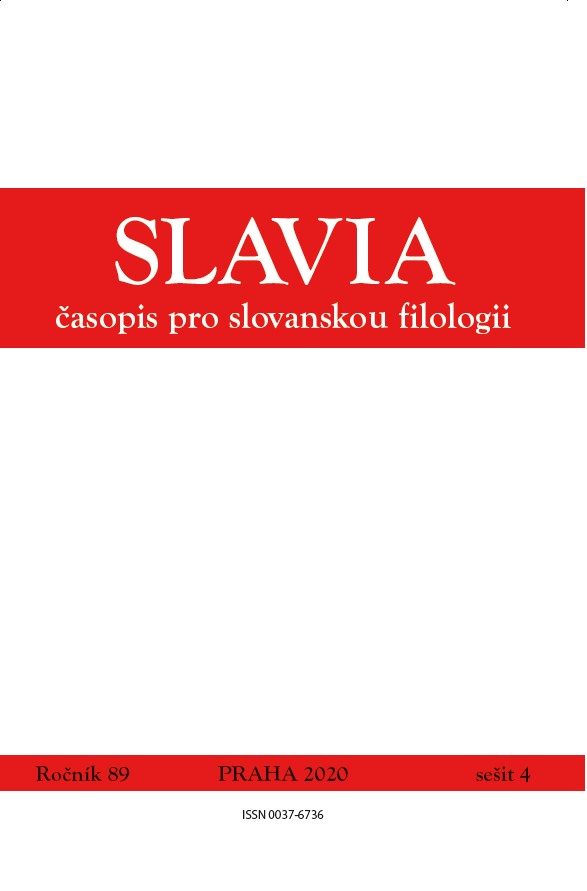Prasłowiański dialektyzm glěmyzьdjь ‘ślimak, żółw, małż’
The Proto-Slavic Dialectism glěmyzьdjь ‘ślimak, żółw, małż’
Author(s): Krzysztof Tomasz WitczakSubject(s): Western Slavic Languages
Published by: AV ČR - Akademie věd České republiky - Slovanský ústav and Euroslavica
Keywords: Balto-Slavic languages; compounds; Czech vocabulary; etymology; word-formation;
Summary/Abstract: The aim of the paper is to explain the Czech appellative hlemýžď m. ‘snail, Helix, esp. edible snail, Helix pomatia L.’ as well as Old Czech hlemýžď, hlemýžďž, hlemýšč, hlemýšť m. ‘tortoise; shell, conch; snail’ from the etymological, semantic and morphological points of view. It is suggested that the Czech lexical items in question go back to a Proto-Slavic compound noun *glěmy-zьd-jь, denoting an animal “having its house (*zьdъ) in the form of a shell (*glěmy)”. Some related terms attested in East Baltic (e.g. Latv. gliẽme f. ‘snail, bivalve, shell, conch’, gliẽmezis, gliẽmêzis, gliemêzis m. ‘snail’; Lith. gliemežỹs m. ‘an animal having a shell-covered soft body; bivalve, mollusc’, also ‘snail, crab, crayfish’) show that the Czech lexemes represent a Proto-Slavic dialectism, which may refer to snails, tortoises, bivalves, or other molluscs belonging to the subphylum conchifera.
Journal: Slavia - časopis pro slovanskou filologii
- Issue Year: LXXXIX/2020
- Issue No: 4
- Page Range: 432-442
- Page Count: 11
- Language: Polish

